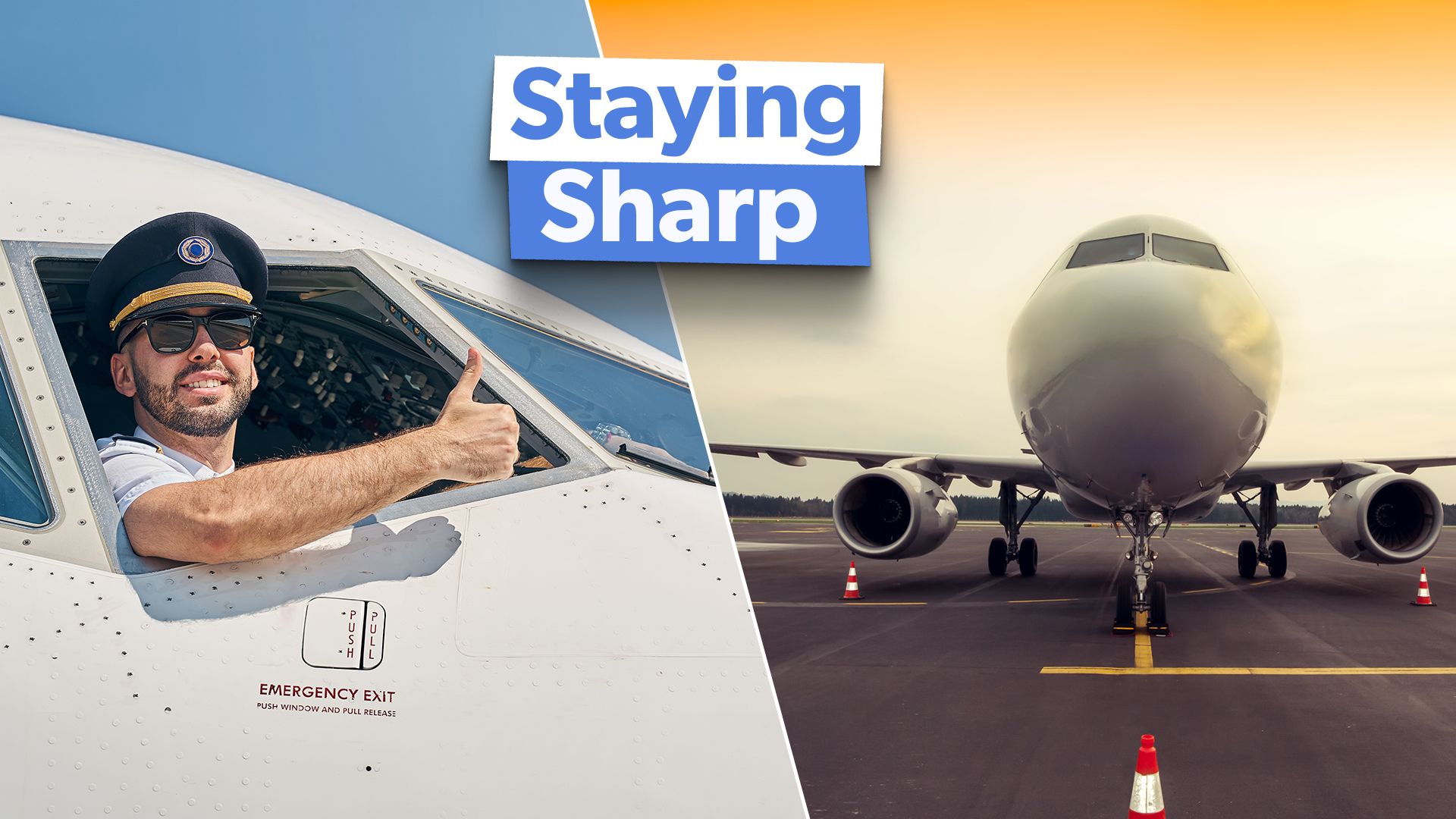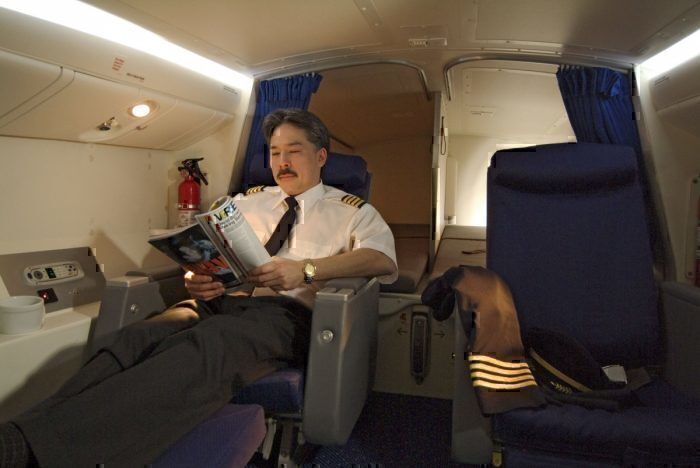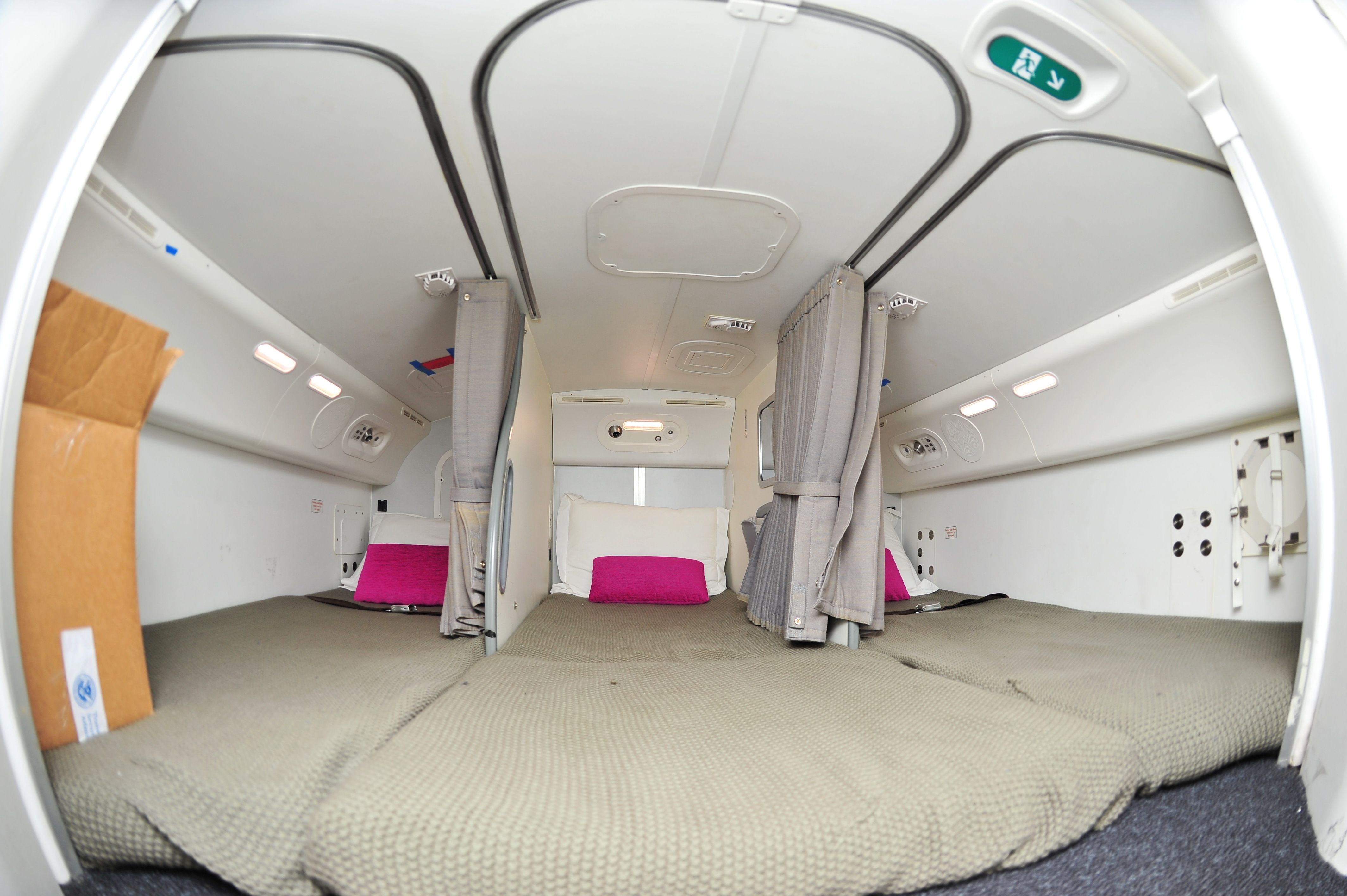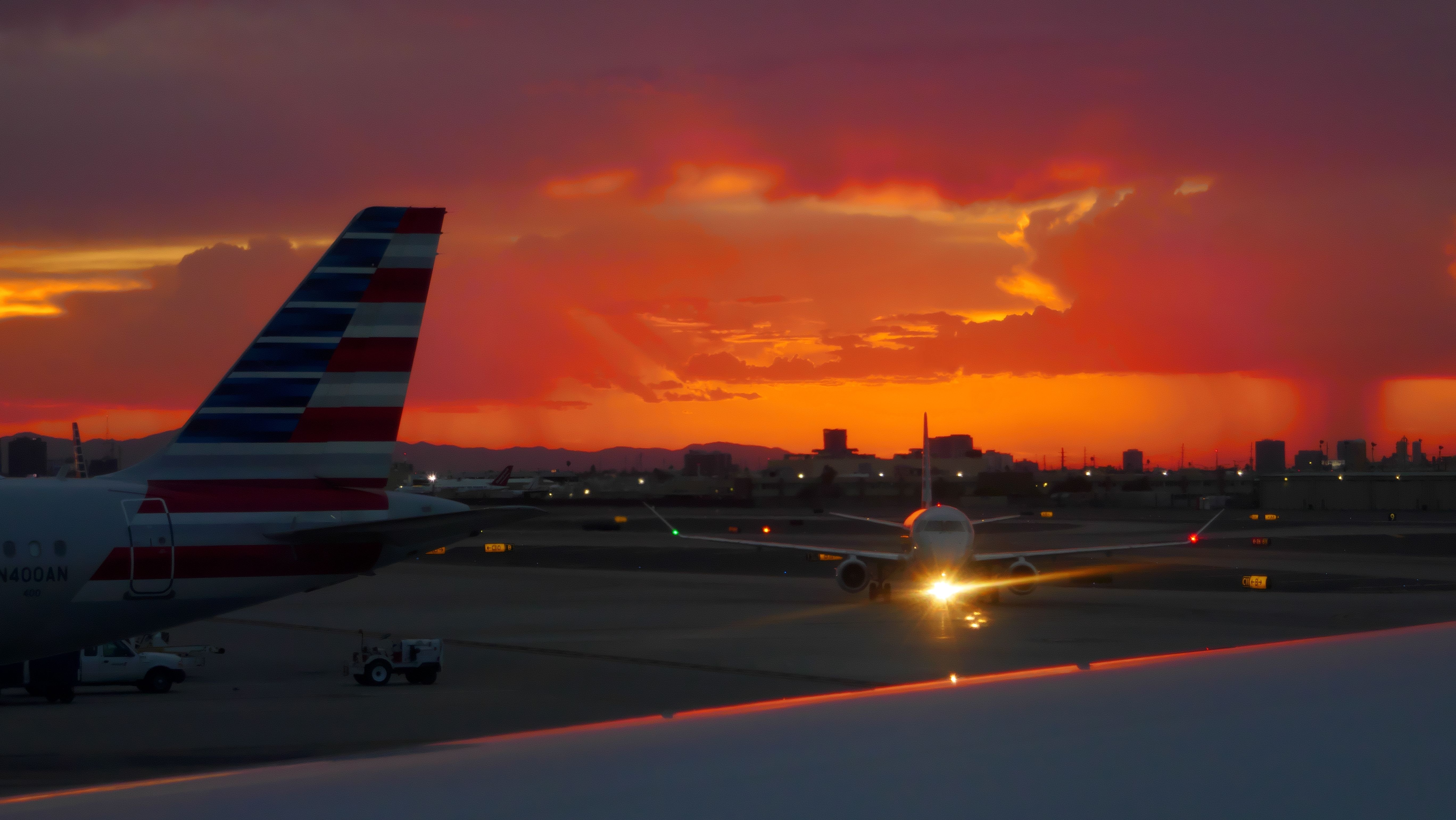Crew rest has been a topic of interest within the airline industry for years. A crew’s performance depends on how well-rested they are, so airlines and regulators have a litany of restrictions and requirements to ensure that pilots get enough sleep before they go on duty. Here’s an explanation of how the airlines ensure their pilots are not tired while on duty.
Crew rest rules
The most crucial strictures in place to mitigate pilot fatigue are the “rest requirements” contained in the US Code of Federal Regulation’s Part 117. There are many caveats and scenarios, but these requirements can be boiled down to a few key takeaways.
- Pilots cannot be on duty (whether flying a scheduled trip or on reserve) unless given 30 consecutive hours free of flight duty within the previous week.
- Pilots need a minimum of 10 hours of rest between duty periods. Eight of these 10 hours must be available for uninterrupted sleep.
- Under the least restrictive circumstances, pilots cannot exceed 9 hours of flight time in a duty period. They also cannot be on duty for more than 14 hours (though this can be extended slightly).
Photo: Boeing
There are many contingencies within the flight time rules, and different rules apply to augmented crews of flights with more than two pilots. Airlines have crew schedulers dedicated to tracking pilots’ flight times and duty days to remain compliant with these strictures. Consequently, pilots and the airlines know duty limits and watch the clock as the maximum duty day approaches. It’s essential not to overfly any of these rules since they are codified into US law. Safety relies on compliance.
Crew rest
Long-haul flights that exceed the two pilot flight time limitations are augmented with a third (and sometimes a fourth) relief pilot. Having a relief pilot enables two pilots to remain on the flight deck at all times while allowing every crew member to get some sleep on the journey. Typically, the relief pilot takes the first break shortly after takeoff and returns a few hours into the flight. They remain in the control seats until shortly before the top of descent, when the crew in control during takeoff briefs and flies the arrival and landing at the destination.
The relief pilot(s) are required at most airlines to take the first rest break. This ensures that the crew members at the controls during landing have rested more recently and are, therefore, a bit fresher. This is especially important when the landing occurs during the crew’s window of circadian low, something typical of long-haul flying.
A flight that takes off from the US and heads to Europe on an eight-hour flight usually lands between 2-6 am on the pilot’s body clock. Likewise, European-based crews flying to the Americas or Asia or Asian-based crews flying to Europe or the Americas regularly land in this timeframe. The crew rest period is the most significant mitigating factor to decrease fatigue and increase alertness.
Photo: Jordan Tan I Shutterstock
Crew rest facilities vary by airline and aircraft type. Older and smaller planes, like Boeing 757s and 767s, generally do not have pilot rest facilities installed (though the 767 can have a bunk installed in the lower aft part of the plane). Pilots who fly in augmented crews on these planes use a reserved first-class seat with a curtain or other light-blocking installation. This meets the regulatory requirements for a rest facility.
Other larger and newer planes (Boeing 787s, 777s, A330s, A350s, etc.) have full crew bunks installed for flight attendants and pilots. The bunk area usually has two beds and perhaps a recliner chair or two installed in the compartment. Crew rest compartments are very quiet, especially when they are installed in the area above the first class cabin.
Some airlines participate in managed crew rest programs, where pilots can withdraw from their duties and sleep while remaining in a control seat on the flight deck. This is only possible during the cruise portion of long flights when the workload is at its lowest. Other conditions surround managed rest, such as certain activities that need to be performed by the crew member who is to remain awake and alert. As of the time of writing, no US airlines participate in this kind of crew rest.
Calling in fatigued
An option that pilots always have if they do not feel adequately rested is to call in fatigued. Pilots can make this call before or during a duty period. Calling in fatigue requires a crew member who doesn’t feel rested enough to conduct a flight to reach out to the scheduling department. The pilot then gets a hotel room (or goes home if they are in base) and can rest for at least 10 hours per the aforementioned rules.
After this, scheduling can put them back to work if they were in the middle of the trip, assuming the pilot feels rested. A report of what led to being fatigued is required by most airlines to better understand the circumstances leading to the fatigue call. Often, delays caused by weather or maintenance lead to pilot fatigue calls.
Photo: Christophe KLEBERT | Shutterstock
Aviation regulations codify the ability to call in fatigued. When pilots sign the flight release (another term for the flight plan), they legally establish their fitness to fly and conduct the flight safely. A pilot feeling unrested or sick cannot self-certify that they are fit to operate the flight and, therefore, cannot sign the flight release. This being the case, a fatigue (or sick) call to scheduling can be made, and a reserve pilot will be called to replace them.
Proper rest
Ultimately, airlines do what they can to mitigate crew fatigue. Airlines have recurrent training courses about managing fatigue, sponsor fatigue risk management programs, and work with pilot union scheduling committees to build trips that are as easy on the body as possible. Ultimately, pilots are responsible for ensuring they are adequately rested before each flight.




